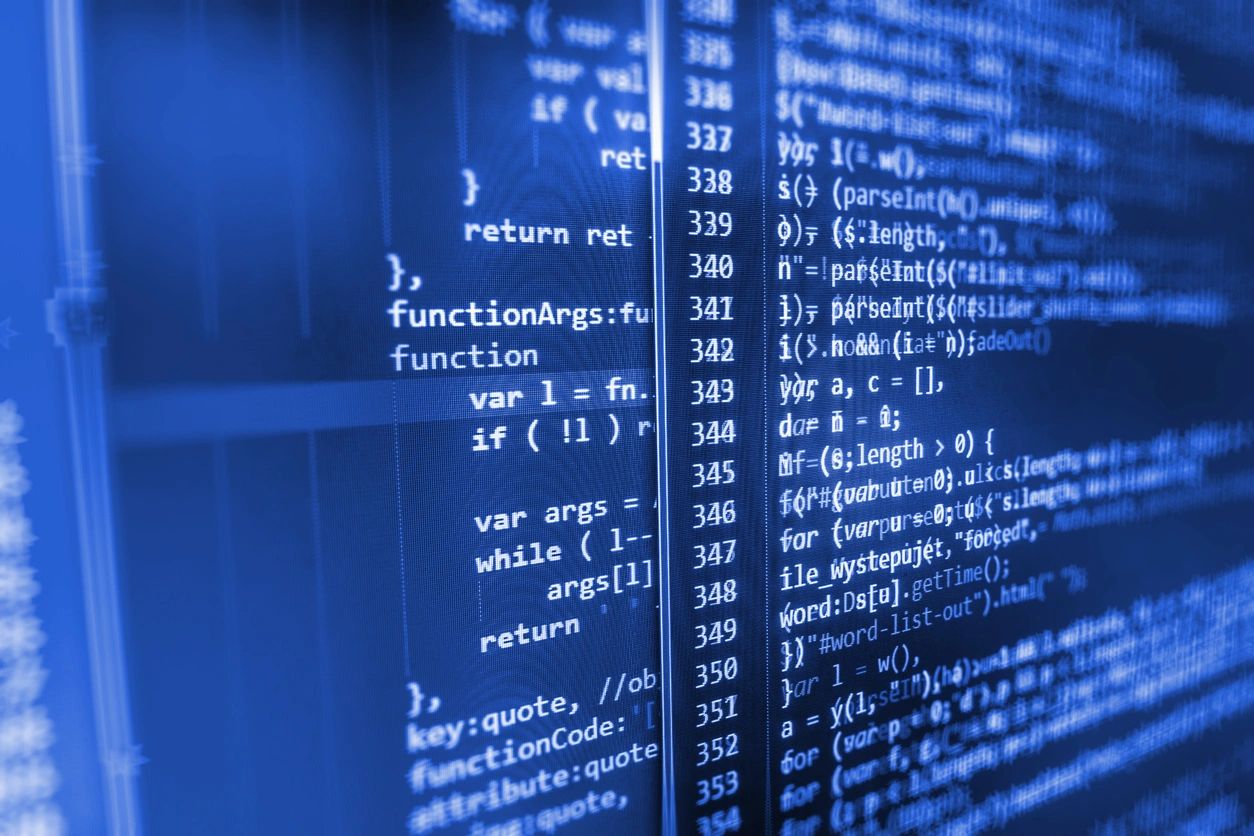Understanding AI-Powered Cyberattacks: The Next Frontier in Cybersecurity Threats

As technology continues to evolve, so do the tactics used by cybercriminals. One of the latest and most concerning developments is the rise of AI-powered cyberattacks. These attacks leverage artificial intelligence (AI) to enhance the speed, efficiency, and sophistication of traditional cyberattacks, making them more dangerous and harder to detect.
What Is an AI-Powered Cyberattack?
An AI-powered cyberattack uses artificial intelligence and machine learning (ML) algorithms to automate and enhance various aspects of the attack process. AI helps cybercriminals identify vulnerabilities, scale their operations, and adapt in real-time to the changing security defenses of their targets. Unlike traditional cyberattacks, where attackers manually exploit weaknesses, AI-driven attacks allow for faster, more efficient, and highly targeted assaults.
The AI element enables these attacks to analyze large datasets, learn patterns, and adjust their methods based on the responses from security systems. As a result, AI-powered cyberattacks are more unpredictable and can bypass many conventional security measures that rely on fixed rules or signature-based detection.
Key Features of AI-Powered Cyberattacks
- Automation: AI can automate many of the tasks that typically require manual input. This includes scanning for vulnerabilities, launching phishing campaigns, and deploying malware. Automation allows attackers to carry out multiple attacks simultaneously, increasing their reach and potential damage.
- Personalization: AI algorithms can sift through massive amounts of data to craft highly personalized attacks. For example, AI can generate convincing phishing emails tailored to specific individuals by mimicking their writing style or referencing personal details found online. This level of customization makes it more likely that the victim will fall for the scam.
- Adaptation: One of the most dangerous aspects of AI-powered attacks is their ability to learn and adapt. AI can adjust its tactics in real-time based on how security systems respond to the attack. If a particular approach is blocked, the AI can quickly alter its strategy to find another way in.
- Scalability: With AI, attackers can scale their operations quickly and efficiently. By automating many of the steps involved in a cyberattack, AI allows a single hacker to target thousands of systems at once, drastically increasing the potential impact of the attack.
Real-World Examples
AI-powered cyberattacks are already making their mark. In 2020, researchers identified DeepLocker, an AI-powered malware that could conceal its malicious intent until it reached a specific target. By using AI, the malware was able to stay dormant and undetected until the right moment, making it harder for traditional security measures to catch it in time.
The Growing Threat
AI-powered cyberattacks represent a significant challenge for cybersecurity professionals. Traditional methods of defense, such as firewalls and antivirus software, are often insufficient against AI-driven threats. As these attacks become more common, organizations will need to adopt more advanced security measures, such as AI-based defenses, to stay ahead.
AI-powered cyberattacks are a growing concern in the digital landscape. Their ability to automate, personalize, and adapt makes them a formidable threat to businesses and individuals alike. As AI technology continues to advance, so too will the strategies used by cybercriminals, pushing the need for more innovative cybersecurity solutions.
Want to know more about Cybersecurity? Contact Us for a Cybersecurity Review Now!

